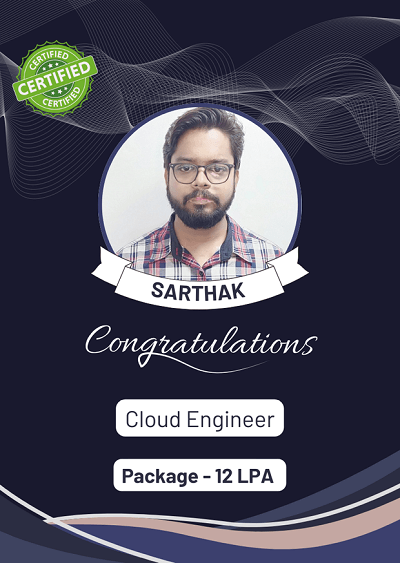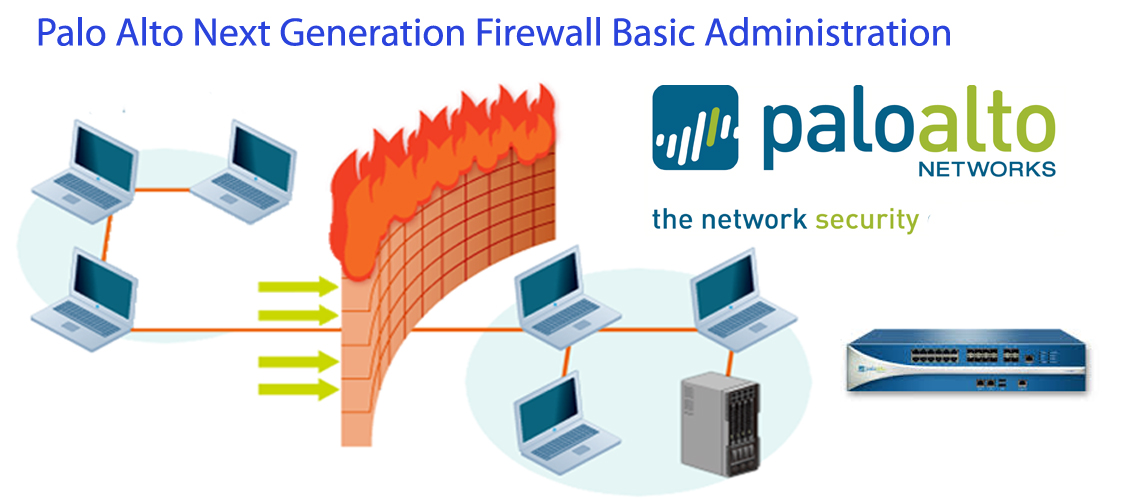✼ Industry-Expert Trainers– Real-world experience & hands-on learning.
✼ Job-Oriented Training– Aligned with high-demand IT skills & certifications.
✼ Flexible Learning Modes– Online, classroom, & corporate training options.
✼ Global Reach– Serving IT professionals & enterprises worldwide.
✼ Online Instructor-Led Training– Live virtual classes via Zoom, Microsoft Teams.
✼ Classroom Training– In-person sessions at Rexton IT’s training centers.
✼ Hands-on Labs– Physical and Virtual labs with real-time practice.
✼ Certification Preparation– Study materials, mock tests, and expert guidance.
✼ Job Assistance– Resume building, interview prep, and direct job referrals.
✼Palo Alto Networks is recognized as a Gartner Magic Quadrant Leader for Network Firewalls and has a massive global customer base. This translates to high demand for professionals skilled in its technologies. Whether you are applying for a role as a Network Security Engineer, SOC Analyst, or Cloud Security Specialist, Palo Alto skills are often listed as a core requirement.
✼According to various industry surveys, certified Palo Alto professionals can earn 20–30% more than their non-certified peers. Roles like Firewall Administrator, Security Consultant, and Cloud Security Engineer offer premium compensation when paired with Palo Alto expertise.
✔1. Introduction to Palo Alto Networks Architecture -
Overview of NGFW features and components,
PAN-OS platform architecture,
Control plane vs. data plane functions,
Licensing and subscriptions overview.
✔2. Initial Configuration -
Web interface and CLI introduction,
Initial setup (interfaces, zones, DNS, NTP, etc.),
Admin account management,
Configuration backup and restore.
✔3. Interface Configuration -
Physical vs. logical interfaces,
Layer 2, Layer 3, Virtual Wire, and Tunnel interfaces,
VLAN and subinterface configuration,
Security zones and virtual routers.
✔4. Security and NAT Policies -
Security policy fundamentals,
Rulebase construction and best practices,
Policy match and rule evaluation logic,
NAT configuration: static, dynamic, and port address translation,
Policy optimization.
✔5. App-ID -
What is App-ID and why it's used,
Application signatures and categories,
Controlling applications by function,
Decryption policies (SSL/TLS),
Application filters and groups.
✔6. Content-ID -
Antivirus, Anti-Spyware, and Vulnerability Protection,
File blocking profiles,
URL filtering categories and actions,
Data filtering and WildFire integration,
Log generation for blocked threats.
✔7. User-ID -
Mapping users to IP addresses,
User-ID agents and integration with AD,
User-ID redistribution,
Policy enforcement based on user identity.
✔8. Decryption -
Why decryption is important,
SSL inbound vs. outbound inspection,
Decryption policy rules,
Certificates and certificate management,
Troubleshooting SSL issues.
✔09. Site-to-Site VPNs and GlobalProtect -
IPsec VPN configuration,
IKE gateways, tunnels, and proxy IDs,
GlobalProtect portal and gateway setup,
Agent installation and connection flow,
Authentication and HIP profiles,
✔10. High Availability -
Active/Passive HA setup,
HA states and synchronization,
Failover triggers and link monitoring,
Configuration and troubleshooting.
✔11. Monitoring and Reporting -
Log types and log filtering,
Custom reports and scheduled reports,
Application Command Center (ACC),
Dashboard and widgets,
Log forwarding to external systems (Syslog/SIEM).
✔12. Troubleshooting -
CLI troubleshooting commands,
Packet capture and flow logic,
Session browser,
Configuration audit and rollback,
Troubleshooting tips by feature (VPN, NAT, Policy, etc.).
✔ 13. Interview Preparation

_3.png)
_2.png)
_4.png)
_7.png)










